Cannibalistic necrophagy in the wood ant Formica polyctena
Cannibalistic necrophagy is rarely observed in social hymenopterans, although a lack of food might promote such a behaviour. A suggested reason for its rarity is the potential risk of spreading pathogens or parasites when eating nestmate corpses. In the recent paper “Behaviours indicating cannibalistic necrophagy in ants are modulated by the perception of pathogen infection level” published in Scientific Reports, the authors István Maák, Eszter Tóth, Magdalena Lenda, Gábor Lőrinczi, Anett Kiss, Orsolya Juhász, Wojciech Czechowski, and Attila Torma studied whether wood ant Formica polyctena consumes nestmates corpses when being starved. The authors revealed that the ants differentiated among corpses of different types and with different levels of infection. Cannibalistic necrophagy increased with starvation, but it also seems to be common in F. polyctena without experiencing starvation. It thus could be part of a hygienic behaviour repertoire. Here, István Maák shares some pictures of the work.
A Photoblog contribution by István Maák
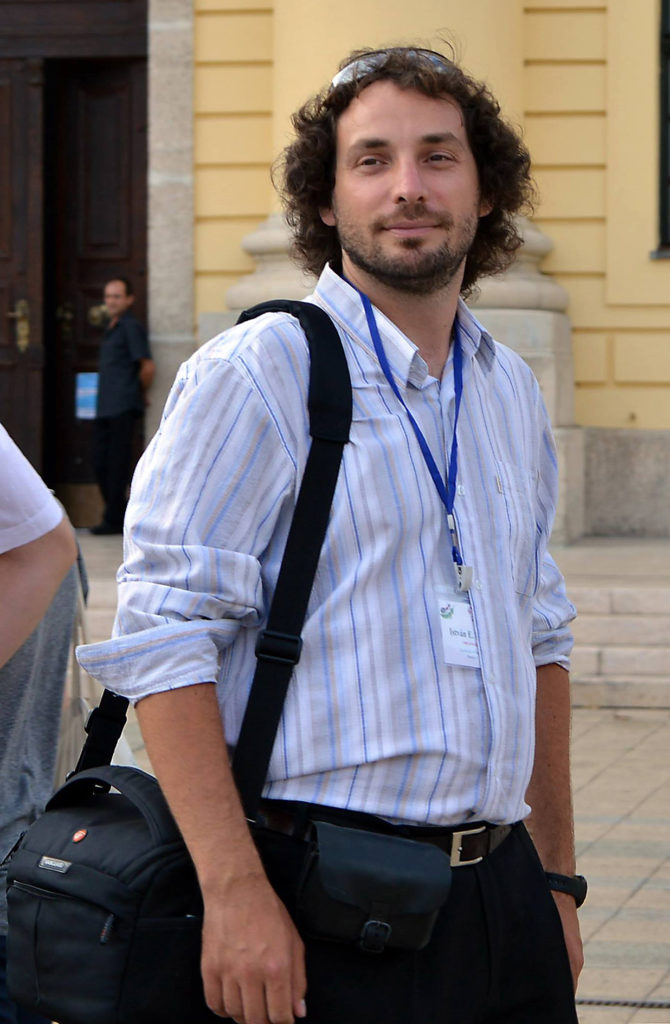
Formica polyctena mound in the Białowieża (Poland) forest.

Wood ants tending the most important food source for workers, the honeydew produced by aphids.

Formica (cinerea) workers transporting a F. polyctena corpse.
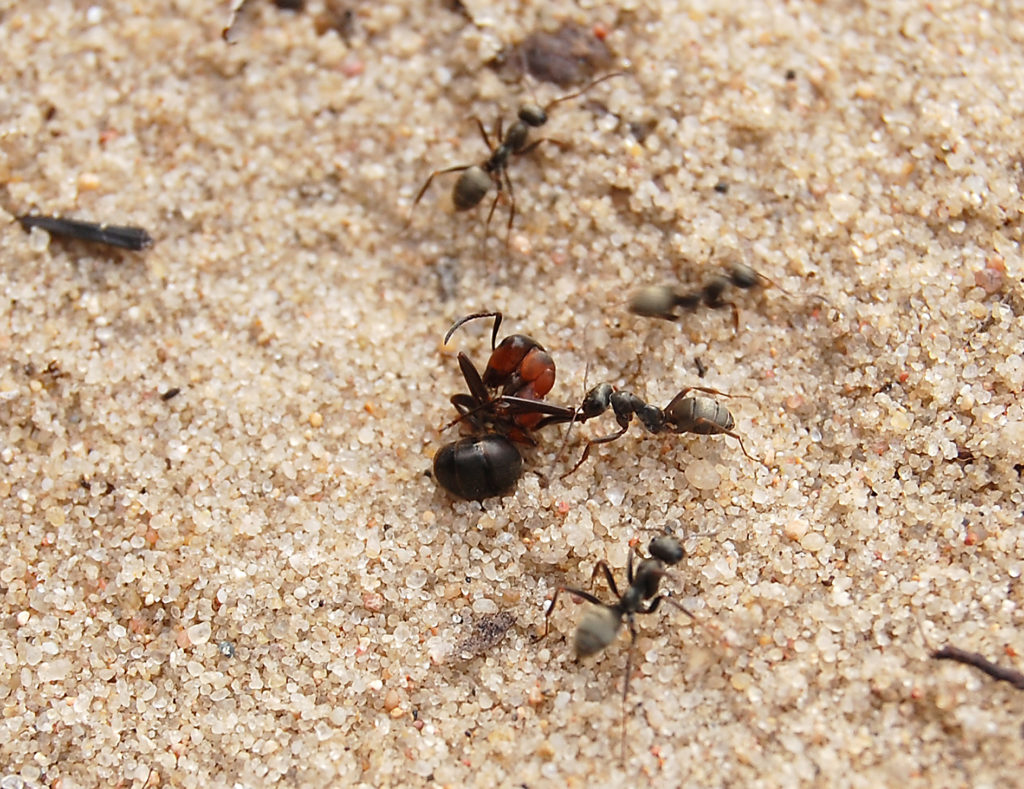
Experimental corpses ready to be transported away by the resident workers.
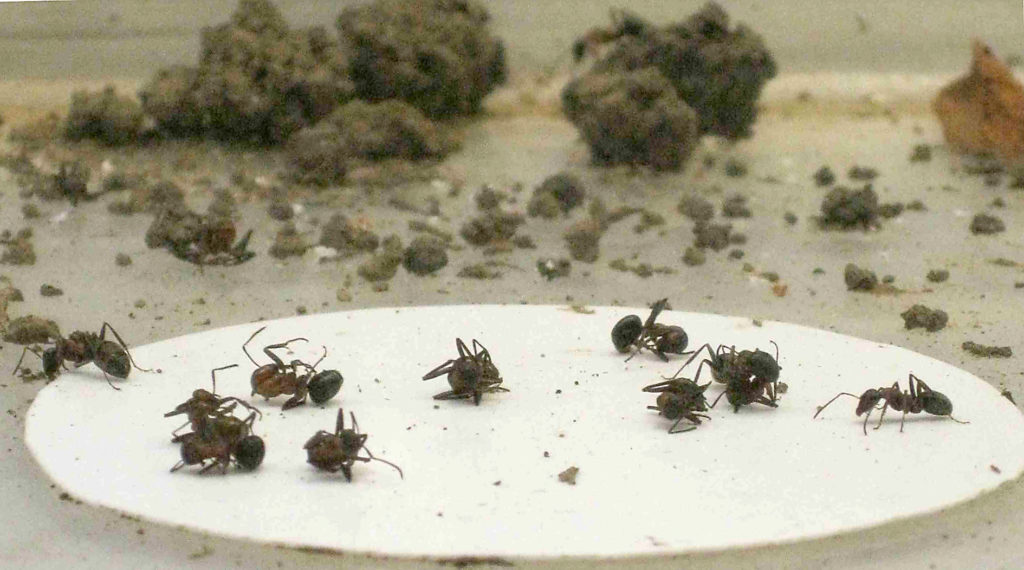
A waste pile produced in the laboratory can contain many types of debris, from the corpses of workers and queens to empty cocoons of pupae but even removed wings of the young queens.
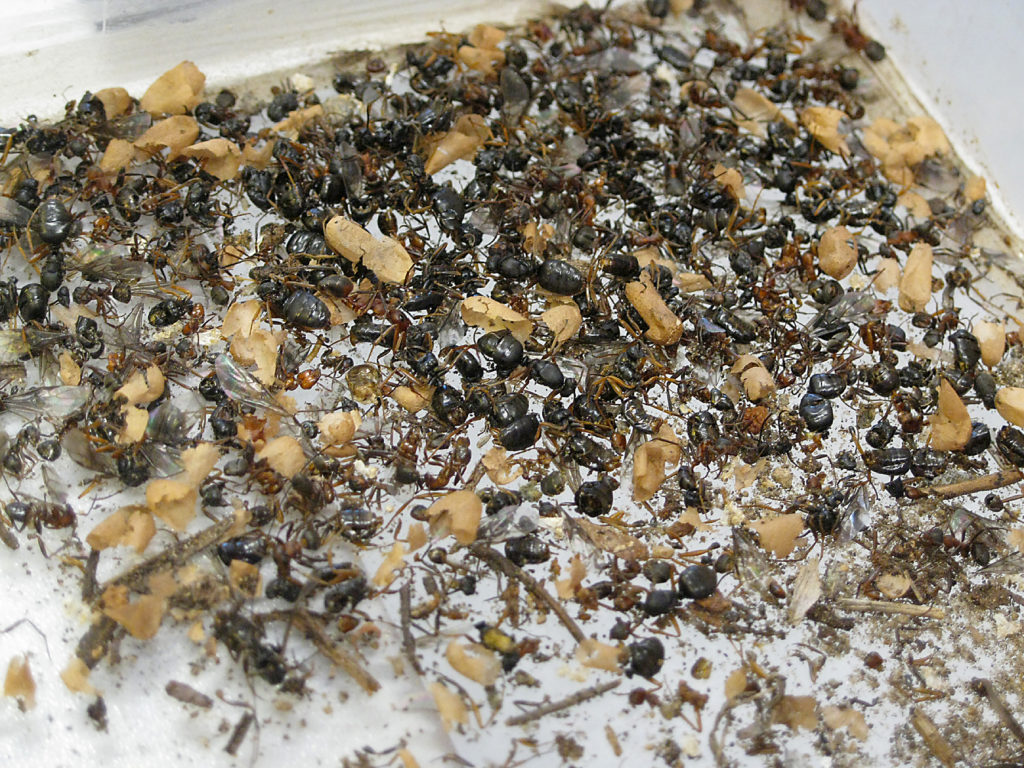
István Maák performing laboratory observations.
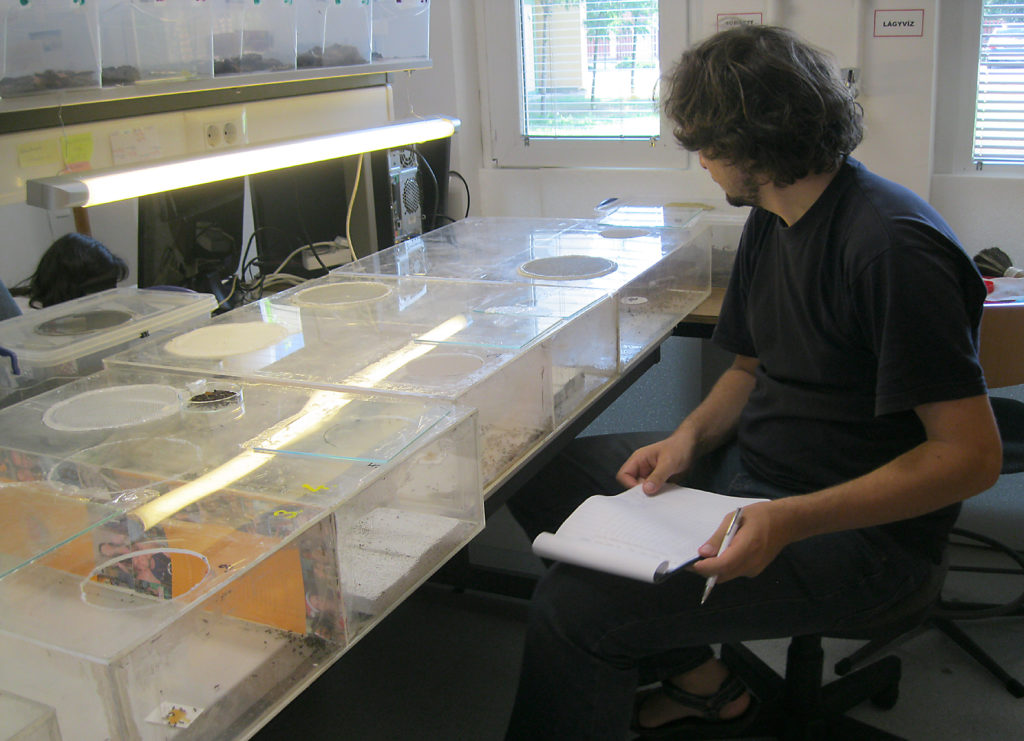


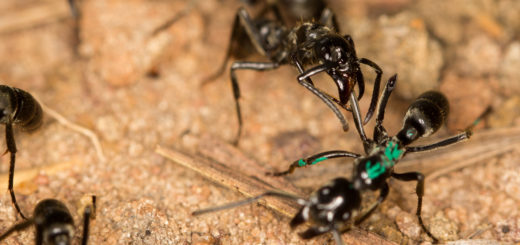

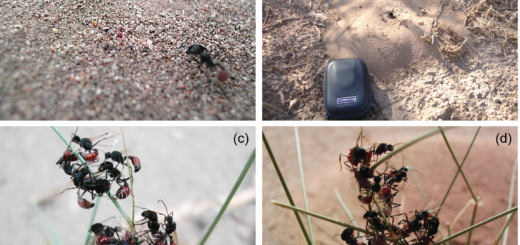
A very good article with a great review!
Congratulations! Very interesting article